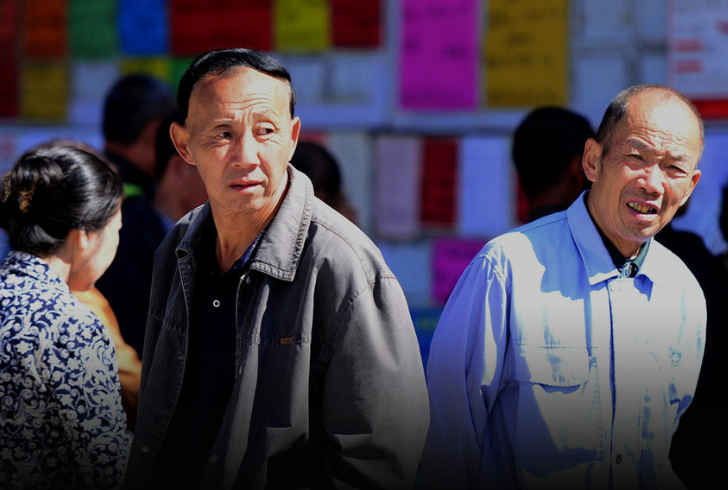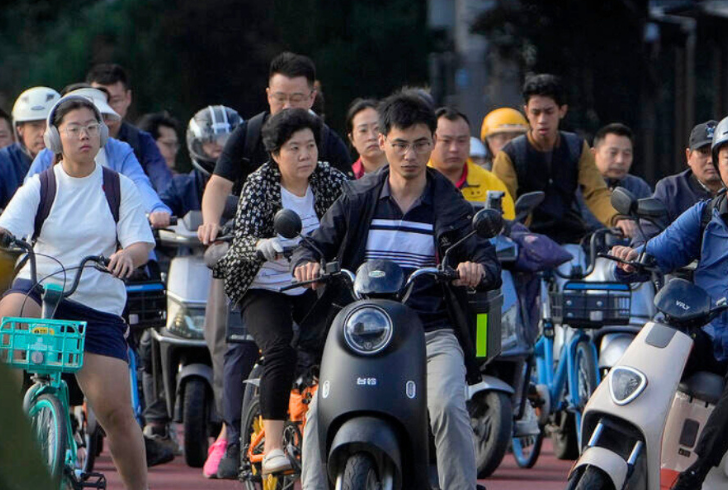On September 13, 2024, China unveiled a significant policy shift regarding the retirement age in China that will affect millions of its citizens. In response to its rapidly aging population and evolving economic landscape, the Chinese government has decided to gradually increase the retirement age in China.
This move, set to commence in 2025, marks a pivotal change from one of the lowest retirement ages among major global economies.

The new policy will see the retirement age incrementally rise over the next 15 years. Men will see their retirement age move from 60 to 63, while women in manual jobs will experience an increase from 50 to 55. For those employed in office roles, the retirement age will rise from 55 to 58. This phased approach reflects the sensitivity of the issue and the need for a gradual adaptation.
Key Details of the Reform:
- Men – Retirement age rises from 60 to 63
- Women in Manual Jobs – Retirement age increases from 50 to 55
- Women in Office Jobs – Retirement age shifts from 55 to 58
Historical Context and Necessity of the Reform
The decision to raise the retirement age comes amidst a backdrop of significant demographic and economic changes. In the 1950s, life expectancy in China was around 40 years. By the turn of the millennium, it had increased to approximately 71.6 years, and today it stands at over 78 years, aligning closely with the United States. This dramatic rise in life expectancy underscores the need for a revised retirement framework.
Wang Xiaoping, China’s Minister of Human Resources and Social Security, explained that the original retirement ages were set in the early 1950s, a period marked by different economic and social conditions. “In the last 70 years, our country has undergone tremendous changes. Economic growth, demographic shifts, and evolving worker needs necessitate an update to our retirement policies,” Wang noted.
Demographic Shifts and Economic Pressures
China’s demographic landscape has been shaped by various factors over the decades. The introduction of the one-child policy in 1980, which lasted until 2016, significantly altered birth rates. Although the policy was abolished, birth rates have not rebounded as expected, largely due to the high cost of living. This has resulted in a declining population, with a drop in the proportion of working-age individuals from 62% in 2022 to 61.3% in 2023.
The growing proportion of elderly citizens—297 million people over 60 compared to 126 million in 2000—has put additional pressure on the pension system. A 2019 study by the Chinese Academy of Social Sciences warned that without reform, pension funds could face serious shortfalls by 2035.
The Impact of the Reform

This reform is expected to address several pressing issues:
1. Sustainability of Pension Funds – By extending working years, the reform aims to alleviate the financial strain on pension systems.
2. Economic Adaptation – Adjusting the retirement age reflects the need to adapt to longer life expectancies and changing economic conditions.
3. Social Adjustments – The gradual implementation of the reform allows for smoother transitions and helps mitigate potential social resistance.
Potential Benefits of the Reform:
1. Improved Pension Stability – Extending the working years can help ensure that pension funds remain viable.
2. Enhanced Economic Contributions – Older workers will continue to contribute to the economy, leveraging their experience and skills.
3. Gradual Adjustment – The phased approach allows for adjustments in planning and policy to accommodate societal reactions and changes.
Looking Ahead
As China implements this new policy, it will be crucial to monitor its effects on the economy and society. The gradual increase in the retirement age is designed to balance the needs of an aging population with the economic realities of today’s workforce.
The retirement age in China has become a focal point for broader discussions on demographic and economic policy. This reform is a strategic response to the challenges posed by an aging population and is expected to shape the country’s socio-economic landscape for years to come.





